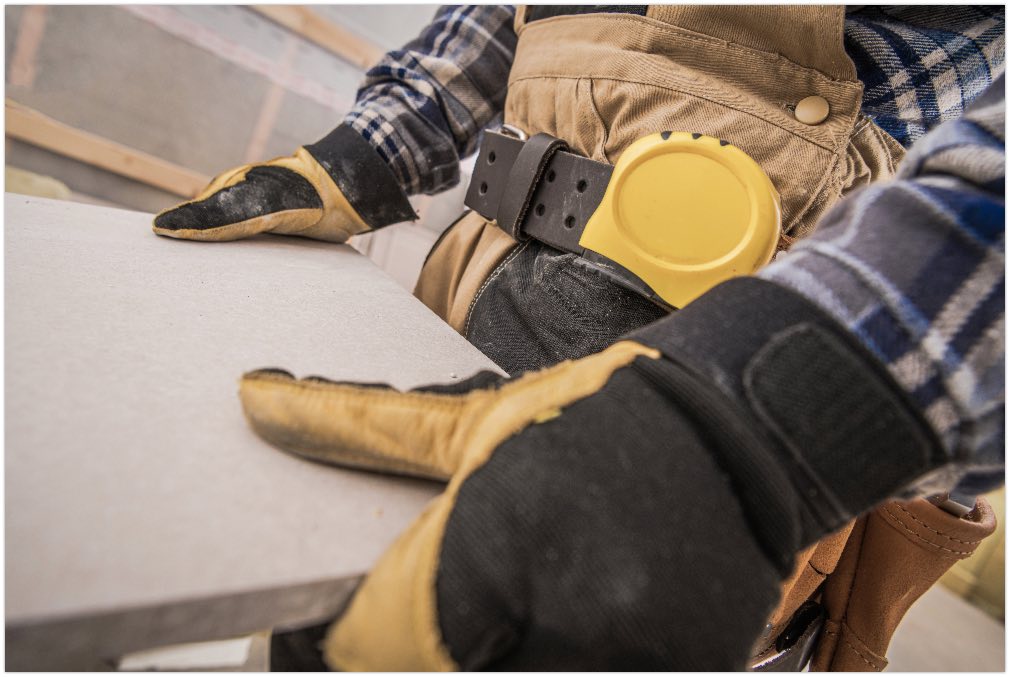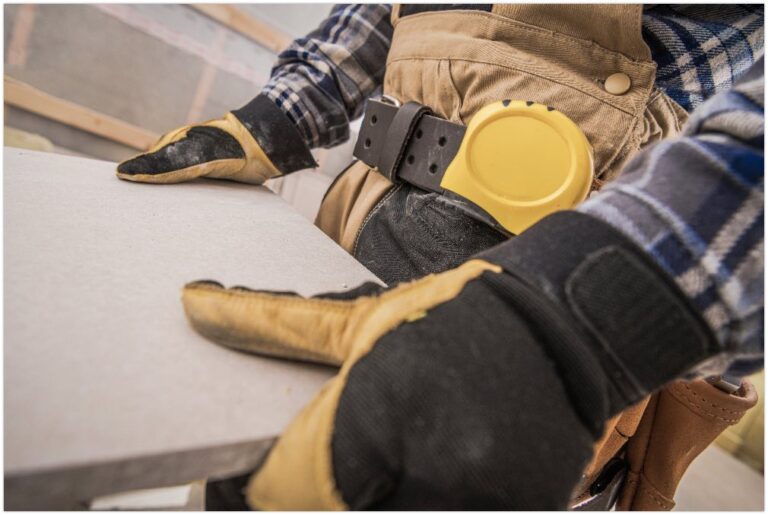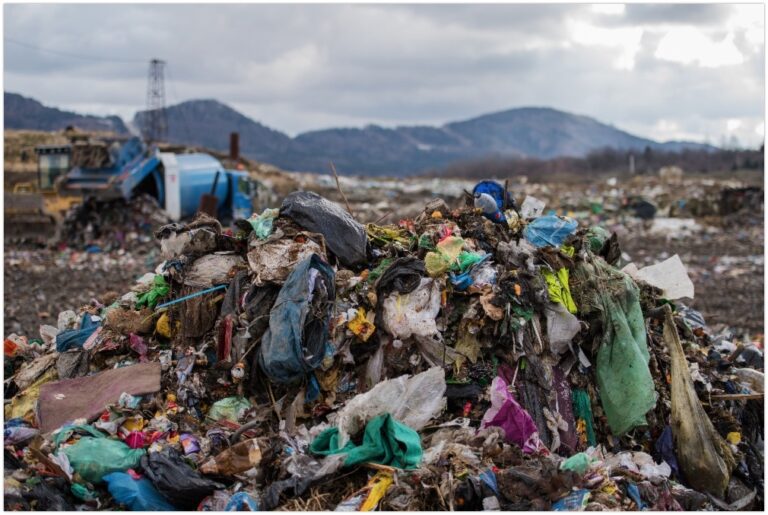Fibro and asbestos are often confused terms in the construction industry, especially when discussing building materials. These two are composite building and construction material used to fireproof and insulate houses and establishments. The thermal stability and fire resistance or asbestos and fibro, combined with strength and durability that allows them to last long, make them ideal for construction.
Despite the vast similarities between the two, fibro and asbestos are not the same thing. A major factor that differentiates them is health safety.
What is Asbestos?
Asbestos is a mineral fibre that is thin and wire-like. Aside from its durability, the fire and chemical resistance, thermal stability, and poor electrical conductivity of asbestos materials deemed it the best construction material in the 1920s to 1980s. Houses and buildings constructed during that time are most likely to have asbestos. Asbestos cement insulates, soundproofs, and fireproofs housing and commercial establishments.
What is Fibro?
Fibro is short for Fibrous Cement Sheeting, a construction material specially used in roofing and cladding. This material is created from various fibres to create a thin cement sheet. Originally, fibre cement used asbestos to reinforce the cement. However, when the government banned asbestos, construction companies and homeowners alike favoured the use of safer alternatives like cellulose over asbestos. Modern fibro materials are now asbestos free, ensuring safety and compliance with current health regulations.
Difference between Fibro and Asbestos
Fibro and asbestos are two different things. The main reason for their difference is that asbestos cement products pose health risks to humans while fibre cement does not. Another is that producing and using asbestos for construction is now illegal.
Safety concerns with Asbestos Fibres
Asbestos is toxic and hazardous to human health, with prolonged exposure potentially leading to lung cancer and other serious illnesses. When inhaled or ingested, it may cause lung and breathing complications. Asbestosis, or scarring of the lungs, is also a common disease caused by asbestos fibres. Moreover, prolonged asbestos exposure can lead to cancer, such as mesothelioma and cancer of the lungs, intestines, and rectum.
People working in factories and manufacturing plants of asbestos and those with asbestos in their homes or offices are at high risk of developing asbestos-related illnesses. These people have compromised their health by exposing themselves to asbestos and inhaling the fibres for too long.
The shift from Asbestos to Fibre Cement
The Australian government immediately took action to prohibit the use of asbestos in the construction and building industry. By 1980, asbestos production and use were discontinued for safer alternatives like fibre cement. Fibro is much like asbestos, only without health hazards. It provides the same durability, thermal stability, insulation, and fire resistance as asbestos cement.
In 2004, asbestos was no longer in the market. The government prohibited manufacturing, using, selling, and distributing asbestos-containing products. That’s when fibre cement became centre stage.
How to tell the difference between fibro and asbestos
Fibro and asbestos material look alike, as both are made of fibres and often used in cement sheets. They are so similar that it’s impossible to differentiate them if you’re not a professional. You can, however, find out by combusting a small piece of the material. Asbestos would glow red when lit, while fiber cement would burn.
You can also tell the difference between the two when you snap them off. Asbestos easily breaks even with the slightest force. When this happens, the division is often a clean-cut. However, this isn’t advisable because you can pulverise the material and release fibres into the air.
On the contrary, fibro results in a messy cut wherein the individual fibres can be visibly seen. You can also separate fibro into multiple sheets of fibres when cut.
Conclusion
It’s impossible to differentiate asbestos from fibre cement with your untrained eye. That’s why it’s best to consult professionals if you suspect any asbestos material in your home. Asbestos is commonly found in old buildings built before 1980.
Asbestos is a toxic and carcinogenic substance that can cause lung complications and cancer. As a result, dealing with it is a deadly task. Modern fibro materials are asbestos free, ensuring that they do not pose the same health risks as older asbestos-containing products.
Here at Paul’s Rubbish Removal Sydney, we do emergency rubbish removal services around Sydney, so feel free to call us anytime at 0407 125 125 or email us at info@paulsrubbish.com.au







